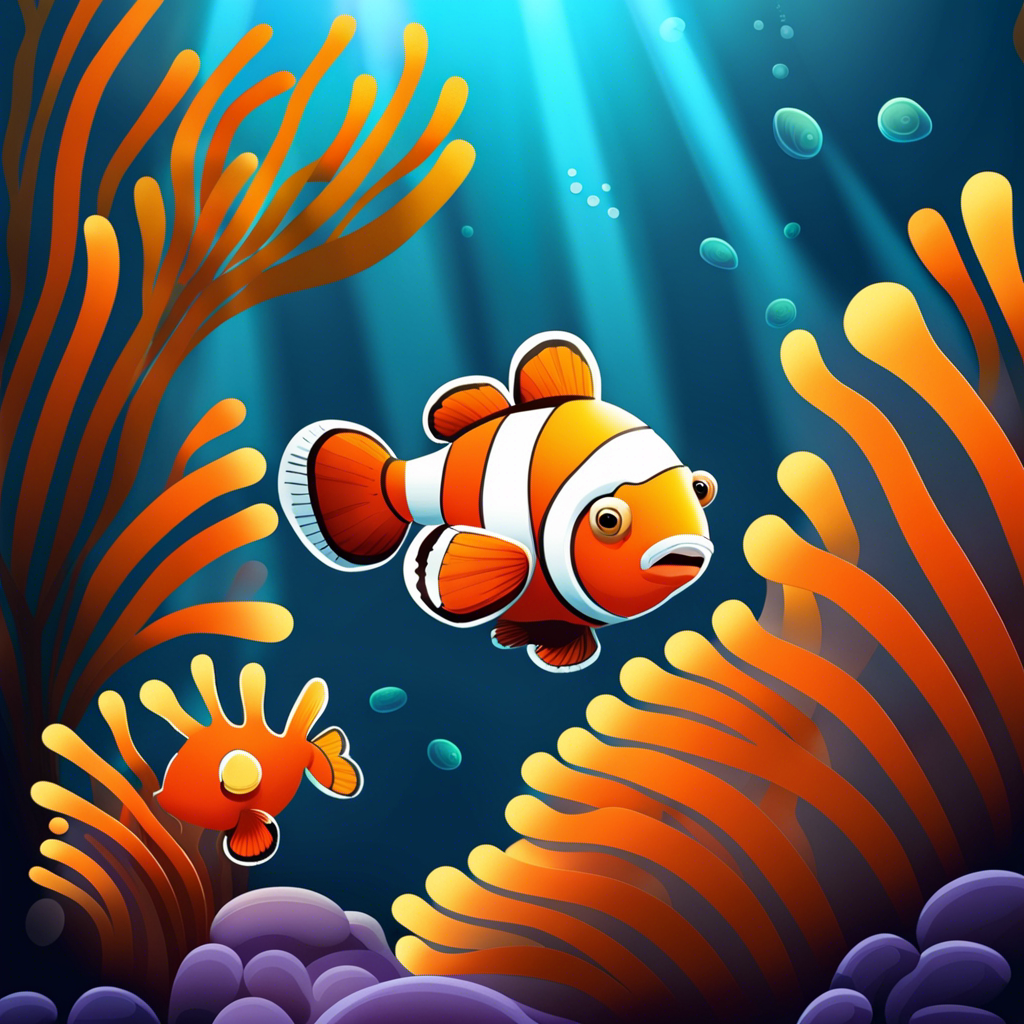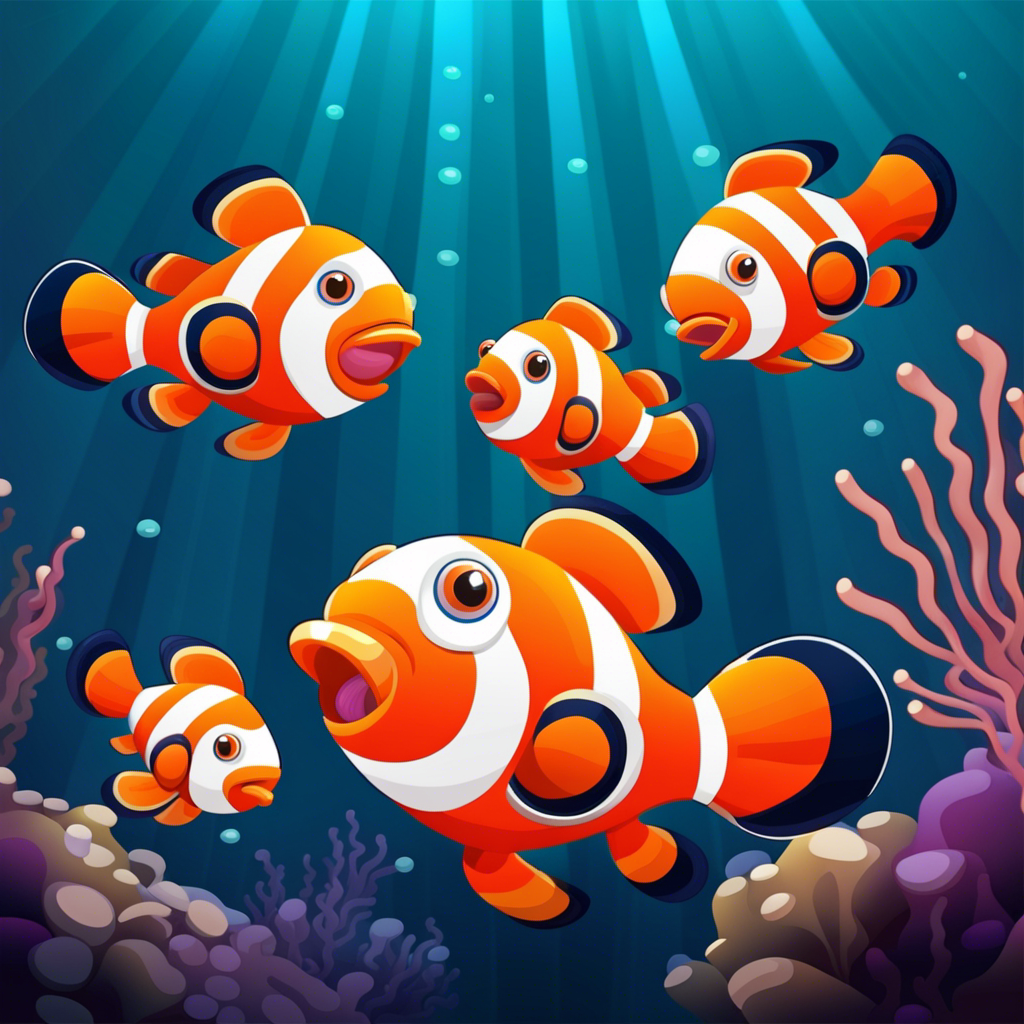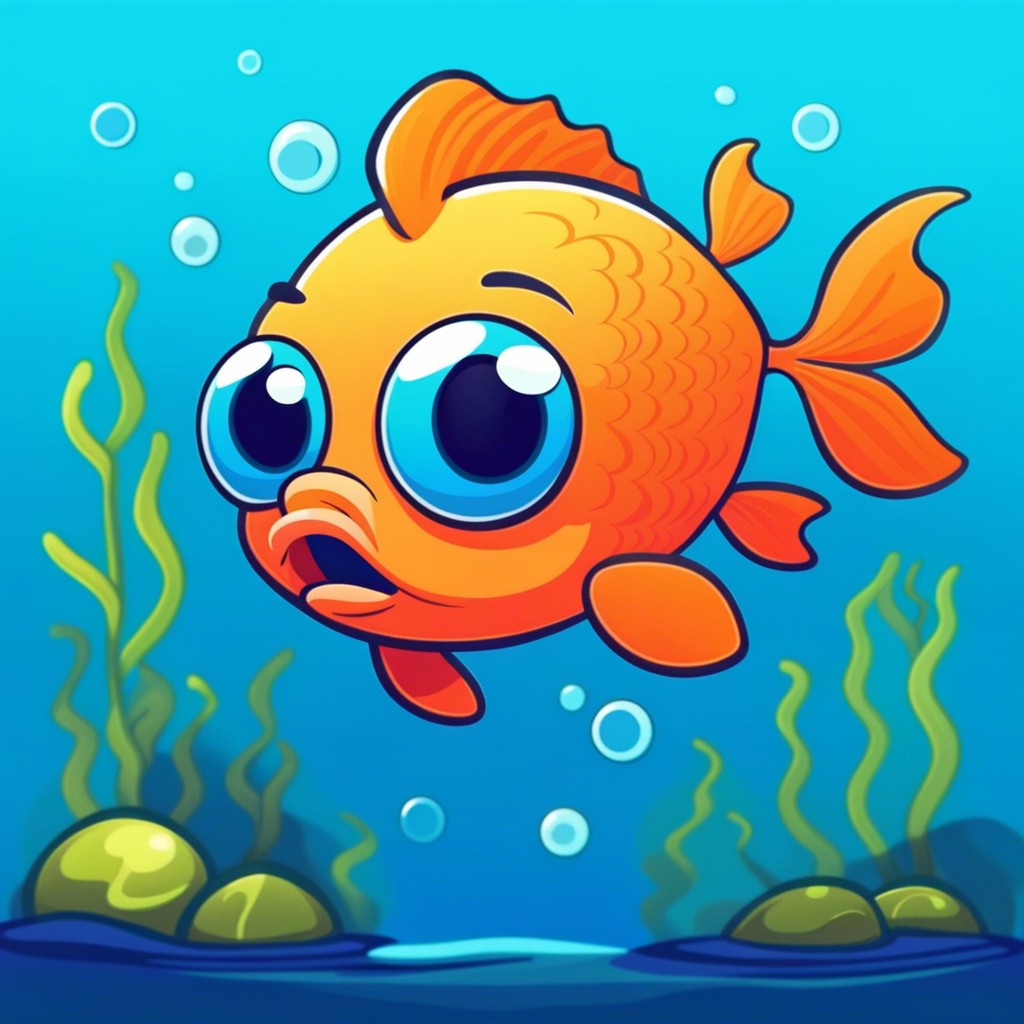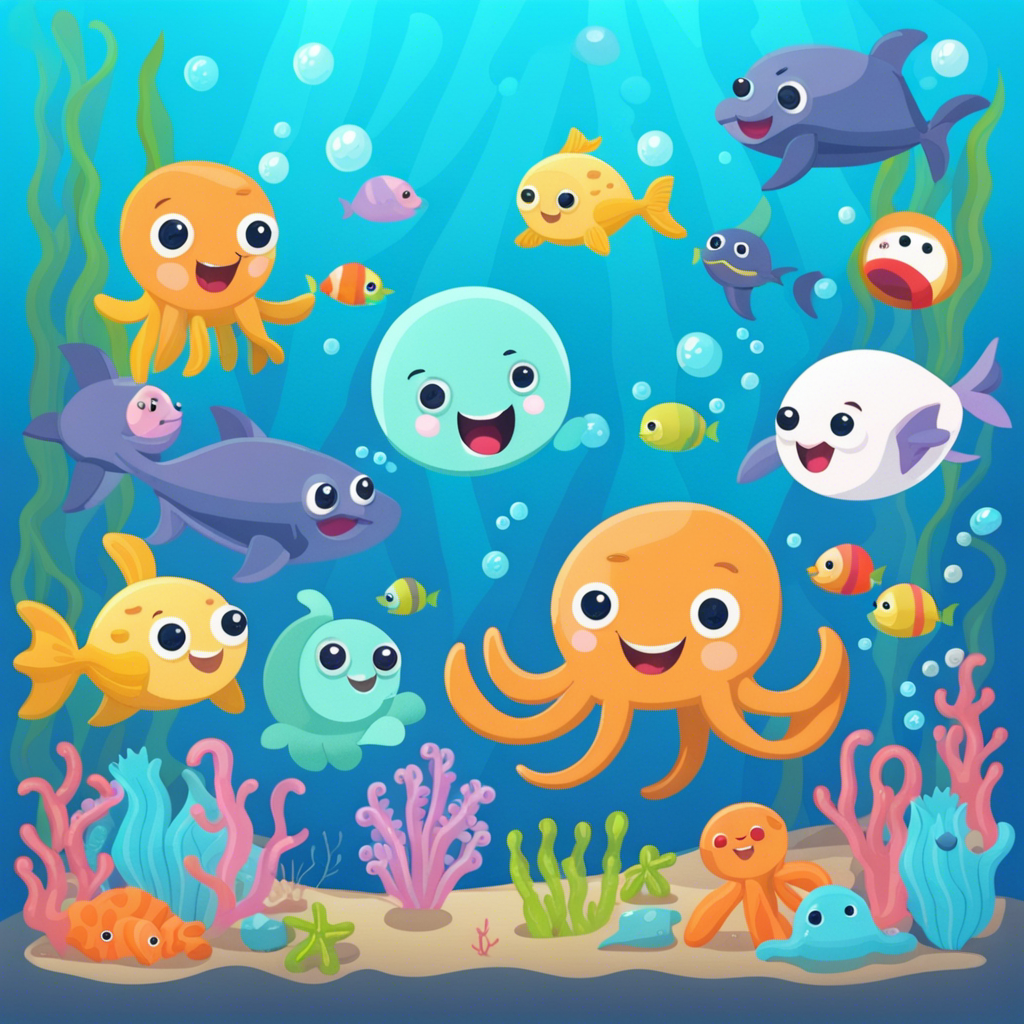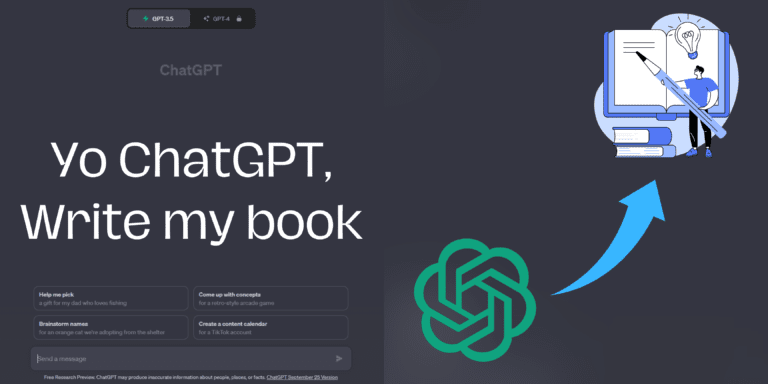How to Write a Book with AI: A 10-Step Book Writing Guide
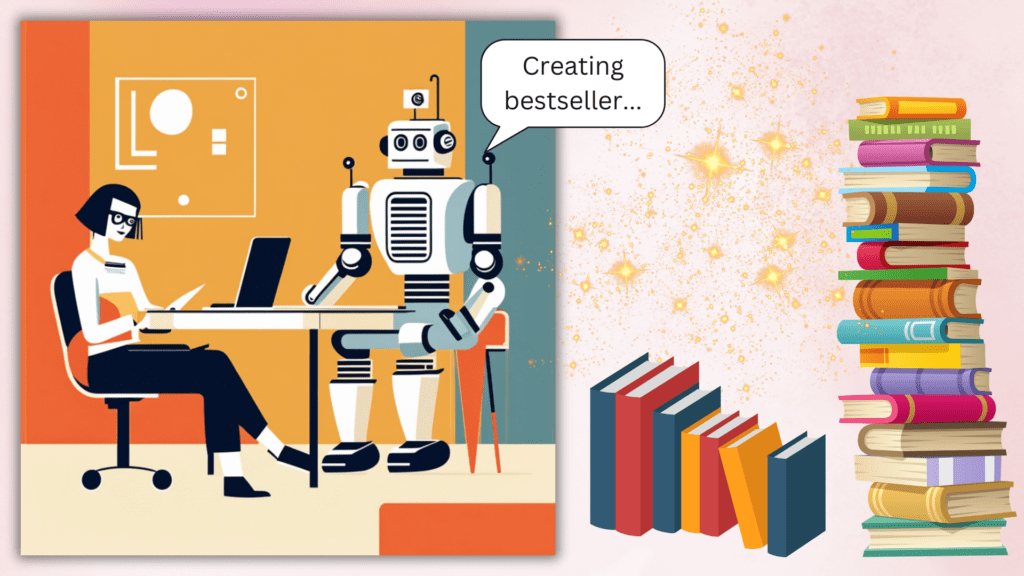
Key Takeaways
The 10-step process to write a book with AI is:
- Choose the Best AI Writing Assistant
- Use the Bing Copilot To Identify Your Target Audience
- Get Ideas for Your Book With the Power of Machine Learning
- Create Your Book Outline Using the AI
- Get Draft Versions of Your Chapters Written By AI
- Give Your Book a Personal Touch
- Refine Your Chapters – Editing and Proofreading
- Generate Images for Your Book
- Format Your Book
- Publish
Writing a book is a challenging and rewarding endeavor, but what if you could get some help from artificial intelligence? In this blog post, we explore how you can use ChatGPT and other AI tools to assist you in your book writing process. Whether you need some inspiration, topic outlining, or pure auto-generated content for your chapters, ChatGPT and other AI writing tools got you covered. Read on to discover 10 useful steps that you can start following today to create your next book in half the time with a tenth of the effort.
Why Should You Use AI to Write Your Book?
- Efficiency & Speed: You can generate large volumes of content quickly, making it possible to reach tight deadlines for book publishing.
- Idea Generation & Inspiration: Say goodbye to writer’s block. With the help of AI you are never out of inspiration. From laying out the chapter structure, to filling in useful content, your writing pal’s got you covered.
- Enhanced Writing: Depending on your prompt, AI can help to keep a professional and consistent writing style, free from grammar and spelling errors.
- Personalization: You can instruct tools like ChatGPT to tailor content based on your target audience’s interests, character traits, and demographics to create a more personalized experience for your readers.
- Translation: Gone are the days of paying huge sums of money to translate your book into different languages. Most content generators also include translation features.
- Less Illustration Costs: You can generate original, high-quality images for your book using AI-powered tools. With a wide variety of styles to choose from, you’re sure to eliminate the costs of an illustrator for your book.
The Downsides of Using AI Tools to Write A Book
- Missing Creativity: Since Natural Language Processing (NLP) models rely on the algorithms and data on which they were trained, they lack the true ingenuity that human authors can produce. Therefore, it’s nearly impossible to create a truly original storybook exclusively with artificial intelligence.
- Ethical Concerns: We have seen a rise in ethical questions about authorship, plagiarism, and intellectual property in the realm of AI content. As such, it’s still unclear who owns the rights to distribute AI-created books and who’s entitled to the royalties.
- No Human Emotion: While creative prompts can help, content generators still struggle to express complex human emotions in their writing. Hence, resonating with the readers’ emotions (especially in storybooks) can be quite challenging for AI writers.
- Need for Quality Control: Writing assistants produce high-quality content at rapid speeds. However, the text produced may occasionally have factual inconsistencies or writing errors. Therefore, human review of AI-generated book content is a must.
- Reader Skepticism: Some readers might be hesitant to embrace books that were partially or completely created using artificial intelligence. Therefore, extra effort is required by authors to establish a trusting relationship with their readers and gain credibility.
1. Choose the Best AI Novel Writing Software
Do not underestimate the importance of this first step, as it will determine not only the quality of your writing, but also the effort required to create your book.
The 3 most important factors to consider when selecting your novel writing tool are:
- Price
- Writing quality
- Ease of use
There is a plethora of free and paid, powerful AI software to help write your book, but we recommend going for one of the below three best AI tools.
1.1. Your Good Ol’ Pal – ChatGPT
Since its launch in late 2022, this juggernaut developed by OpenAI has become the go-to assistant for day-to-day queries and writing tasks. Sure, ChatGPT cannot write an entire book on its own, or at least not a very good one, but it can certainly come close if you supply it with the appropriate prompts and guidance. If you’d like to opt for a familiar tool to help you write your book, look no further, your good ol’ pal has got you covered. Best of all, it’s free!

1.2. Our Very Own – AI Generator Kit
The main limitation of ChatGPT is its lack of structure. You must be very specific in your prompts to get the output you have in mind, and you constantly run the risk of not providing enough context to get good quality content. Our very own AI Generator Kit, also powered by the OpenAI API, improves on ChatGPT by providing over 60 content creation templates that give more context, and therefore generate better quality results. We offer an always free plan with unlimited word count which you can safely count on to create content for your book.

1.3. The Top Dog – Jasper
If you’ve been in this space for a while, you most certainly have heard of Jasper. In terms of functionality, Jasper is very identical to AI Generator Kit. It offers a collection of content-creation templates that give more context for the AI model to work with. What distinguishes Jasper from the rest is its ability to create content with a consistent tone of voice that matches your brand. The main drawback of Jasper is its price point – the cheapest plan costs $49/month ($39 if you pay yearly). They offer a 7-day free trial if you’d like to test the waters. We suggest you try it out, compare it with our free AI generator Kit, and decide for yourself whether its worth the cost.
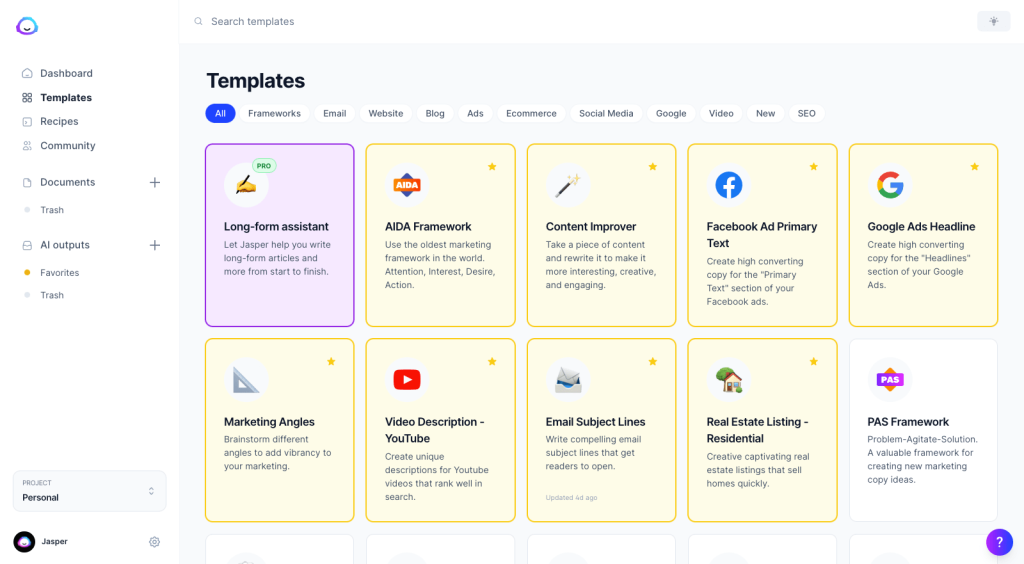
2. Use Artificial Intelligence To Clearly Identify Who You’re Writing For
If you’re still unsure about your target audience, relax – AI can be used to create a detailed profile of your ideal readers.
- First, use the Copilot in Microsoft Bing to get statistical data about your audience’s demographics, habits and characteristics. The Bing copilot has an edge over ChatGPT for this task since it can search the web to give relevant and recent fact-based results.
- Think of creative writing prompts to feed ChatGPT or the AI system of your choice. The idea here is to leverage the use of AI to extract the nitty gritty details of your target readers.
- Take one of two approaches:
- Either ask your chat bot a series of questions to create the ideal persona of your reader, or better yet,
- Start with a basic persona in mind, ask the AI to play that person, and follow up with a series of questions about habits, interests, etc. to ensure that your writing resonates with your target readers.
3. Use ChatGPT To Inspire Your Next Book Idea
If you got your next book idea sorted, that’s great! You can skip ahead to the next step. But if you’re all out of inspiration, you can always ask AI to help spark your imagination. As in the previous step, you can play around with ChatGPT to go down a rabbit hole of potential topics to cover in your book, and ultimately find the golden idea for your next masterpiece. Here’s an example to get you started.
You’re a creative genius and an expert book writer. Your next task is to come up with innovative ideas for a book [number] pages long. The book is aimed at [target audience] which have these interests. [insert more details about target audience gained from the previous step].
Alternatively, both AI Generator Kit and Jarvis, include a writing template for “Blog Ideas”. This template can be used to come up with a list of topics to write about in your book instead of a blog.
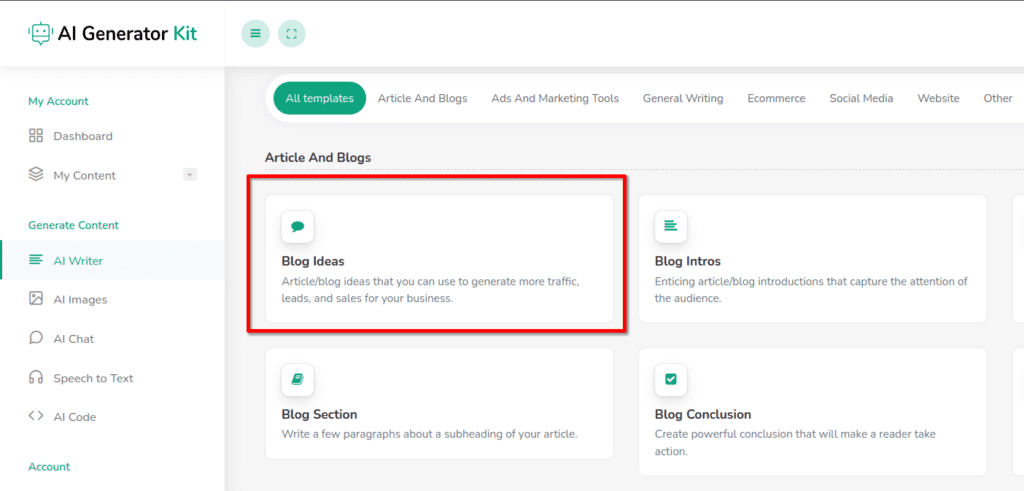
4. ChatGPT Can Help To Create the Outline for Your Book
The book outline is a blueprint which simplifies the process of writing later down the line. Neglect it and you may find yourself lost in your own ideas mid-way through the book, not to mention the risk of plot holes and inconsistencies. Use the outline to organize your thoughts, plan your book chapters, and create small, manageable sub-chapters that AI can write.
To create your outline, ask ChatGPT something like this.
You have gained a lot of experience at authoring books over the years. Based on your expertise, create a detailed outline for the book [book title]. The book should ideally have [number] chapters with at least [number] sub-chapters in each. Some ideas I can think of to help with the outline are [insert your ideas here]. The target audience for this book is [target audience]. [insert more details about target audience gained from step 2].
Most writing tools, ours included, typically offer a template to generate article outlines. This same template can be used to create the outline of your book.

5. Generate Draft Versions of Your Chapters Using AI Writing Software
It’s time to get to the meat of your book. Let’s try to make it easier for our generator to write content. The trick is to constantly guide it to write different parts of your chapters instead of asking it to generate an enormous chunk of content at once. If we take a storybook as an example, we can start with the characters, continue with the setting and then, move on to the plot.
Based on your experience writing storybooks, you have come up with the awesome idea to write a book about [the idea generated previously]. Can you give me a list of characters that should be included to make this story as interesting as possible?
Use your expertise in storytelling to create a character for [basic name and profile of character generated above] who plays the role of [e.g. hero, villain, sidekick, etc.] in a book about [main topic]. Make sure to include a backstory of this character, as well as his/her most significant personality traits. Highlight his/her role in the plot and make the reader [e.g. love, hate, feel sorry for] him/her.
I’m sure you get the drift. Write similar requests to generate the setting and the plot of the book. Then, rinse and repeat to write the next chapters while adhering to the blueprint created in step 4. Put in a good deal of effort to be as detailed as possible in what you want AI to write as it will pay off in the quality of work that’s produced.
Pro Tip: Experiment with the Blog Section, Article Writer & Paragraph Writer templates in our toolkit, as these are designed for writing articles and long-form content that can be perfect for your book.
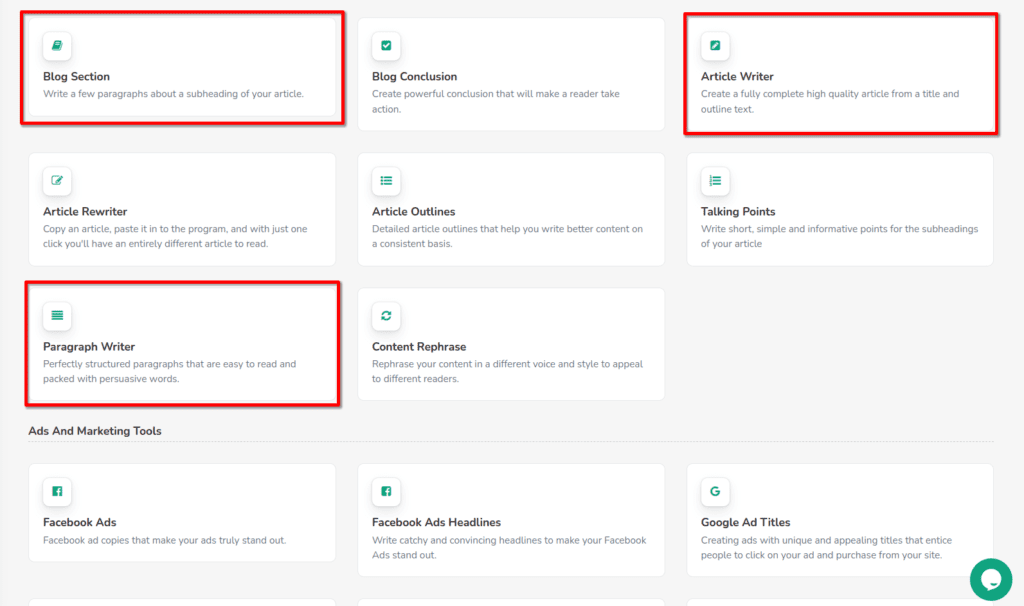
6. Give Your Book a Personal Touch
You got the first draft of your book ready. Well done! That’s a great accomplishment! Now go through each chapter and personalize it with your own voice and writing style. We’re sure you can entertain and keep your readers engaged better than a machine writing without emotions. Sure, you may skip this step if you’re in a rush to publish, but we believe that the human touch goes a long way in creating memorable reading experiences. Your call…
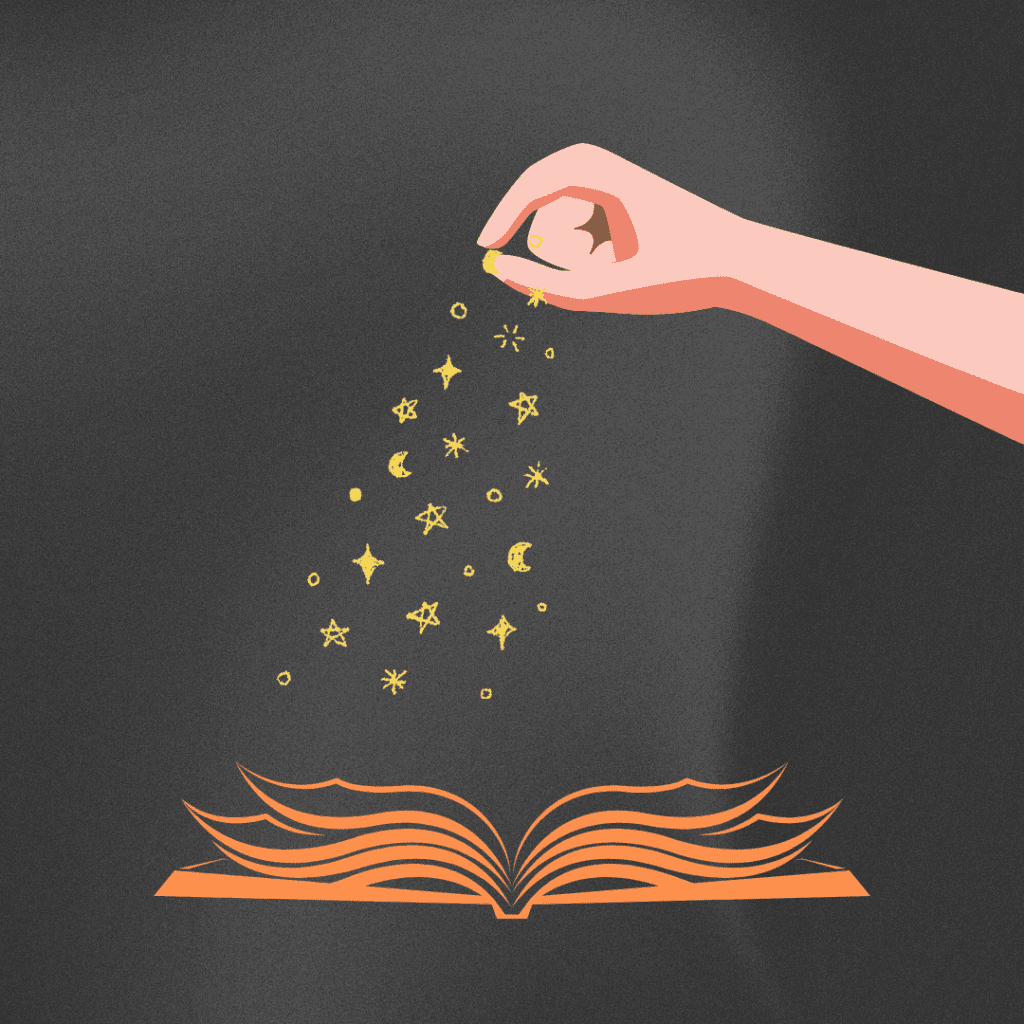
7. Refine Your Chapters – Editing and Proofreading
We all make mistakes when it comes to writing. Yes, even if you’re writing a book using AI, you’re bound to have spelling and grammatical errors in your manuscript. So take the time to go through the entire content of your book to proofread and edit where necessary.
This is perhaps the most boring step of the entire process. But given the limitations of AI, we stress that you refine and polish your content to check for coherence in the plot, a consistent writing pattern, clarity of ideas and good paragraph structure. If you’d still like a helping hand, check out Grammarly.
P.S. It’s also AI-integrated and and can be used to write parts or your entire book.
8. Generate Images for Your Book
Unless you’re B.J. Novak, we suggest you include imagery in your book to keep readers engaged, help them follow the plot, and improve their overall reading experience.
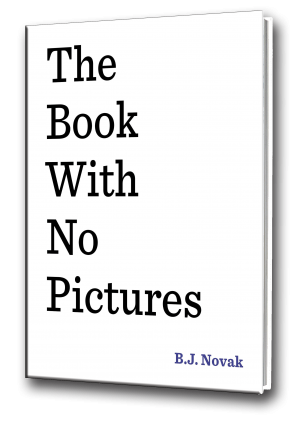
Forget about hefty illustration costs though. There are many image generators on the market, most of which include a free trial. To name a few, check out Craiyon, Fotor, and why not our very own image generator? With a variety of styles and moods to choose from, your job is to be as descriptive as possible in your cue and to make sure that you’re using the most suitable image style for your book.
Check out a portfolio of cartoon images for a children’s book about sea animals that we created using our image generator. These are an indication of what to expect.
9. Format Your Book
Hang in there, we’re close to the finish line. Time to choose your font, format your headings, decide on the line spacing and the size of your margins. Also pay attention to the overall placement of content and images on the pages of your book. Make sure that everything is well-spaced, neatly aligned and professionally laid out. Add page numbers in your footer, and perhaps the chapter name in the header, and your’re good to go. Oh wait, don’t forget the cover page! If you want to be innovative and create something unique with your book design, have a blast. But, we recommend not to re-invent the wheel and follow a ready-made professional template instead.
10. Publish
To release your masterpiece, you can either go the traditional route and find a publisher to review and publish the book, or avoid the bureaucracies and opt for Amazon Kindle. We prefer the latter.
After you generate a PDF version of your book, use Kindle Create to convert it in KPF format. Then, follow the step-by-step wizard in Amazon KDP to publish your book.
Conclusion
And you’re done! Surely not a 30-minute process as some might wrongly assume, but certainly not a 10-year undertaking either.
While not without its challenges, writing a book in 2023 is far from unachievable. In this post, we leveraged the power of AI for book writing, demonstrated how to provide the needed human guidance for good quality content, and streamlined the entire process into 10 actionable steps that are easy to follow.
We invite you to take this opportunity seriously and embrace the future of co-writing with AI. Your journey to become a successful author starts here. You might be closer than you think!
We hope you found this guide helpful and informative. If you have any questions or comments please feel free to leave them below. We’d love to hear from you!


